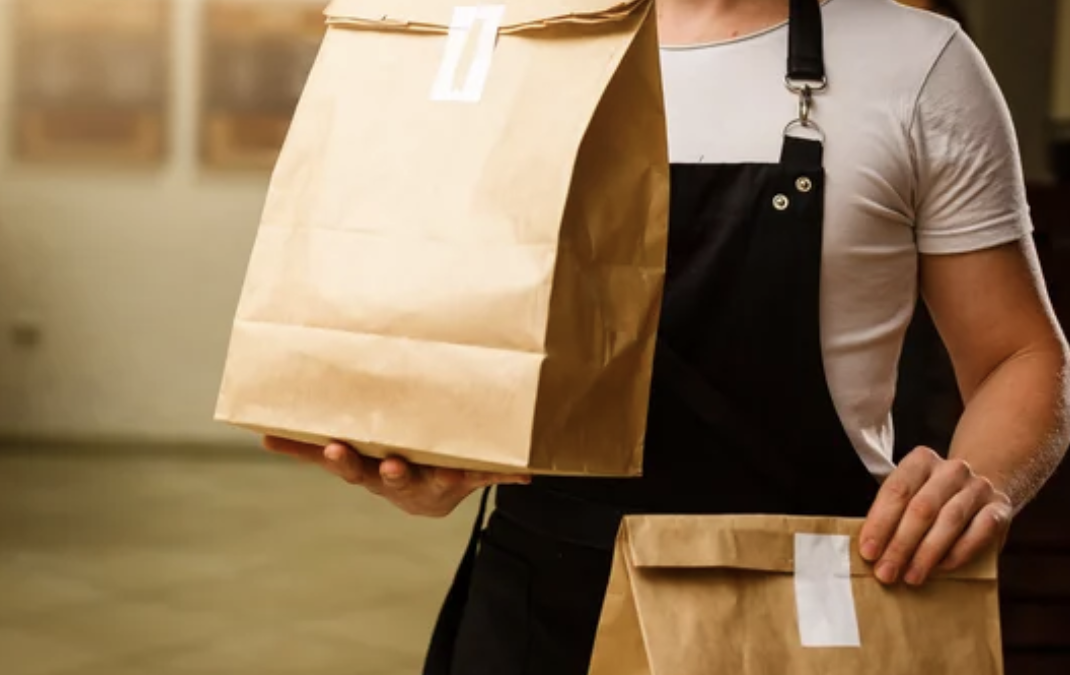As consumers increasingly order food from various online retailers, including grocery, meal-kit subscription services, ghost kitchens and third-party delivery, a new federal document offers safety delivery recommendations for companies to consider.
The U.S. Food and Drug Administration (FDA), in coordination with the U.S. Department of Agriculture and the Centers for Disease Control and Prevention, collaborated with the Conference of Food Protection to release food safety best practices for third-party delivery services.
The guidance focuses on key parameters companies should consider when delivering food to consumers, including those that could arise during the “last mile” of delivery—referring to the final leg of the foods journey to the consumer’s home.
“The intent of the guide is primarily to provide best practices for preventing biological, physical and chemical contamination as well as the growth of harmful bacteria and/or the reformation of toxins within the food being transported” the document reads.
The 40-page document provides food safety practices that include preventative controls, mechanisms to asses risk, physical and chemical contamination control, allergen control, temperature control, recommendations for proper packaging, and more.
Packaging recommendations include: As outer packaging functions as an insulator, a company should conduct crush/durability tests, to ensure damage is not easily accessible. Damage to the outer packaging could expose contents to contamination or temperature control. It also suggests using multiple layers of packaging, such as foil wraps, direct food contact containers and plastic bags to protect the food, as well as tertiary packaging such as delivery bags or coolers.
Temperature control guidance includes coolant suggestions if needed, such as simple ice contained in plastic, frozen gel packs, or plastic packs containing a freezable solution.
The document also advises food ordering platforms to have processes developed to address consumer feedback, issues of non-compliance and food-quality concerns.
“The guidance is not intended to provide a one-size-fits-all approach, rather, it aims to review some of the essential parameters that any company should consider in providing safe foods to consumers,” the document states. “Companies are encouraged to research, understand, and test the methods best suited to their specific operations.”
Many third-party delivery providers have different food safety aspects in place. Uber Eats encourages restaurants to utilize tamper-resistant stickers to prove food has not been touched since it left the kitchen. DoorDash offers its couriers’ insulated bags to transport food, which increase the holding temperature of hot food or decrease that of chilled foods. To be noted, however, these safety aspects are “encouraged” and not mandated, and the area turns grey when looking at ways to actually track that implementation for third-party delivery couriers.
This guidance document is part of the FDA’s New Era of Smarter Food Safety, an effort to engage both industry and stakeholders to help ensure food safety as new business models emerge and change to meet the needs of the modern consumer.


